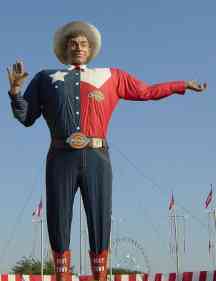Palacio Nacional or in
English - the National Palace built over the ruins of Moctezuma Xocoyotzin
Palace. In 1535, this building,
which originally appeared as a medieval fortress. The second viceroy , Don Luis
de Velasco, was the first one to inhabit the Palace. There were several
reconstructions that lasted many years through the 18th century,
giving the Palace a baroque finishing. After the instauration of the 1821
Mexican Independence, the building was named National Palace, due to the fact
that it was the settlement of the executive, legislative and judicial powers. While
Plutarco Elías Calles was president, a third level was built and the facade
redone, giving its actual appearance to the National Palace.
The National Palace recently reopened for visitors after being closed due to demonstrations. You enter on the north side of the Palace after checking in with the guards and receiving a visitor badge. Lines during our trip were short since most people didn't realize the location was reopened.
The National Palace
murals, painted by Diego Rivera between 1929 and 1951, are one of Mexico's most
important legacies to the art world. They are to be found in the spacious area
above the main staircase and on the walls along the north corridor of the
second floor around the central patio. Painted in situ and inspired by ancient
Mexican art, the artist achieves an exceptionally eloquent synopsis of the
history of Mexico, from its pre-Hispanic roots, through the cultures of the
Central Highlands and up to the third decade of the 20th century, highlighting
the most dramatic moments of the nation's past. In the mural located in the
stairwell, Diego Rivera captures the most important themes of Mexican history.
Diego intended on painting more murals at the National Palace but died before he could complete the work. The murals tell the story of Mexico's history including a glimpse into the future from Rivera's point-of-view.










No comments:
Post a Comment